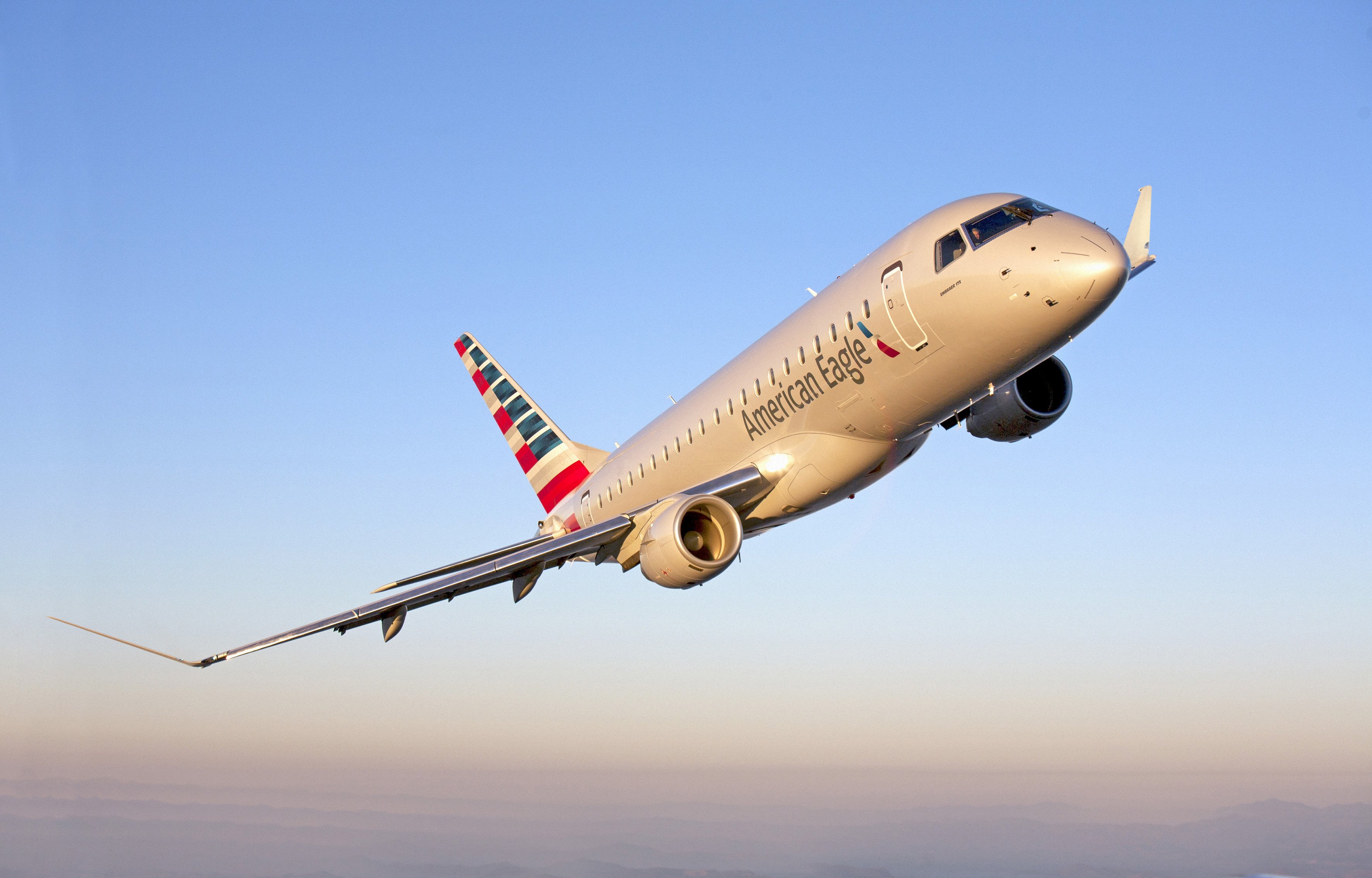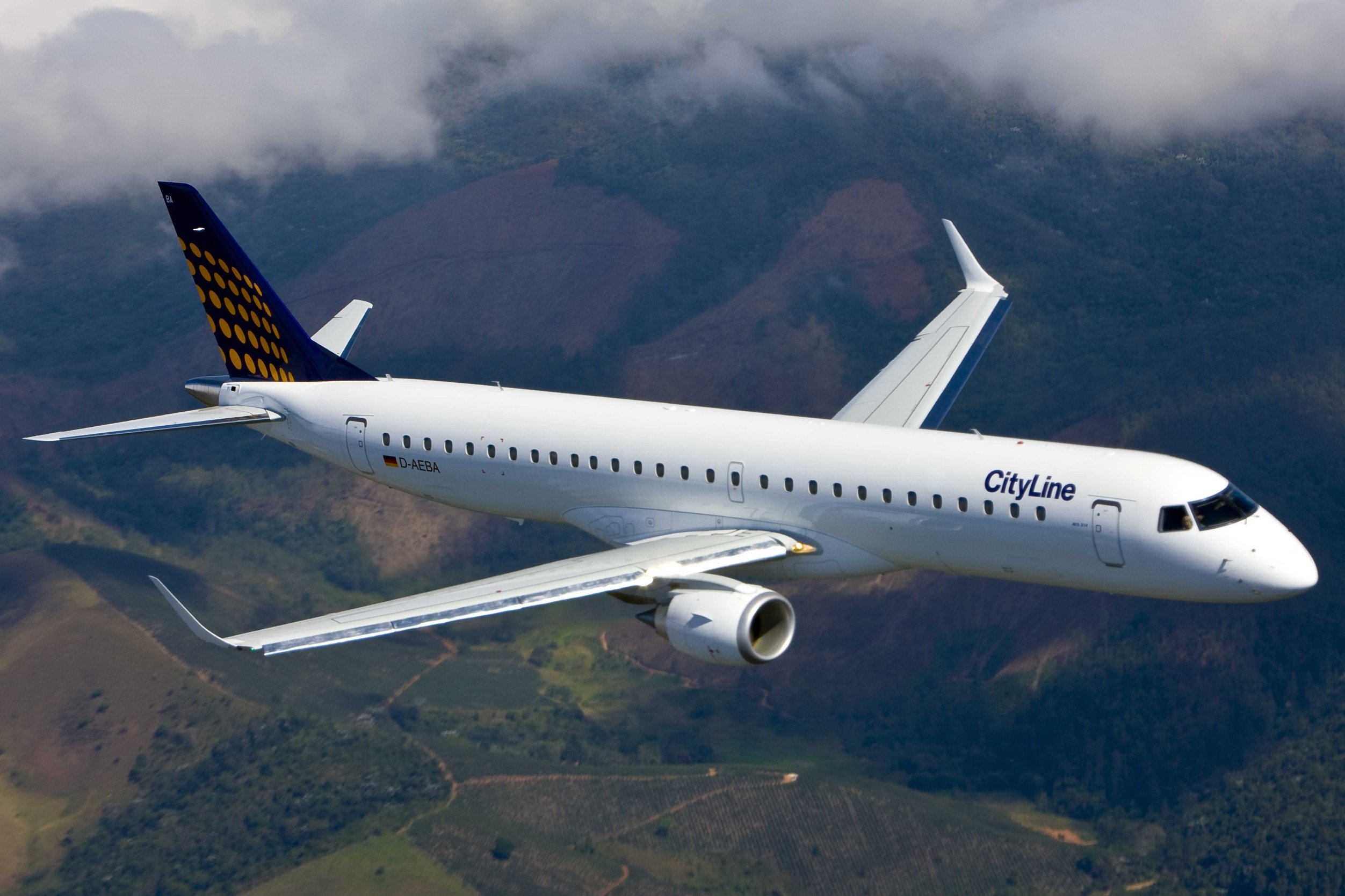The History and Evolution of Passenger Planes
.jpg/1200px-UnitedandVA_32315_(16735062459).jpg)
Imagine a world without planes, where travel across continents took weeks or even months. The idea of flying across the globe in a matter of hours is a modern marvel, a testament to the ingenuity and dedication of countless individuals who dared to dream of a world where the skies were no longer a limit. This journey from the early days of aviation to the sophisticated aircraft we see today is a fascinating story of innovation, technological breakthroughs, and unwavering ambition.
Early Passenger Air Travel
The first attempts at passenger air travel were more akin to daring feats than reliable transportation. The Wright brothers, pioneers of flight, made their first successful flight in 1903, marking the beginning of an era of aviation. These early aircraft were fragile and unreliable, with limited passenger capacity. However, the potential of air travel was evident, and entrepreneurs began to see its commercial possibilities.
The first commercial passenger flight took place in 1914, carrying a single passenger between St. Petersburg and Tampa, Florida. These early flights were short, often using open-cockpit biplanes that were susceptible to weather conditions. The first airline, “St. Petersburg-Tampa Airboat Line,” was established in 1914, but it was the First World War that truly accelerated the development of aviation technology.
Key Milestones and Innovations
The First World War saw the rapid development of aircraft for military purposes. These advancements led to the creation of more powerful engines, improved aerodynamics, and the introduction of metal construction. The war also saw the emergence of the first large-scale aircraft manufacturers, such as Boeing and Lockheed.
After the war, aviation technology continued to evolve. In 1927, Charles Lindbergh made his historic solo flight across the Atlantic Ocean in the “Spirit of St. Louis,” further demonstrating the potential of air travel. The 1930s saw the introduction of the first pressurized cabins, which allowed for higher-altitude flights and greater comfort for passengers.
Major Aircraft Manufacturers and their Contributions
The history of passenger planes is closely tied to the innovations of major aircraft manufacturers. Here are some of the key players and their contributions:
- Boeing: Founded in 1916, Boeing has been a dominant force in the aviation industry, known for its iconic aircraft like the 747, 777, and 787 Dreamliner. The Boeing 747, introduced in 1969, revolutionized long-haul air travel, becoming a symbol of global connectivity.
- Airbus: Established in 1970, Airbus is a European consortium that has become a major competitor to Boeing. Airbus is known for its wide-body aircraft like the A380, the world’s largest passenger airliner, and the A350, which features advanced technology and fuel efficiency.
- Lockheed: Founded in 1912, Lockheed has made significant contributions to aviation technology, including the development of the Lockheed Constellation, a popular long-range airliner in the 1940s and 1950s, and the Lockheed SR-71 Blackbird, a supersonic reconnaissance aircraft.
- McDonnell Douglas: Founded in 1967, McDonnell Douglas was known for its commercial aircraft, including the MD-80 and MD-11, as well as its military aircraft, like the F-15 Eagle fighter jet.
Types and Design of Passenger Planes

Passenger planes are more than just metal birds; they’re marvels of engineering designed to transport millions of people across the globe. From the humble regional jets to the mighty wide-body giants, each plane has its unique characteristics tailored to specific purposes.
Classifying Passenger Planes
Passenger planes are categorized based on their size, range, and purpose. This categorization helps understand their strengths, weaknesses, and suitability for different routes and passenger volumes.
- Regional Jets: These smaller aircraft are ideal for shorter routes, connecting smaller cities and airports. They are known for their fuel efficiency and ability to land on shorter runways. Examples include the Embraer E190 and the Bombardier CRJ-700.
- Narrow-body Airliners: These are the workhorses of the skies, commonly used for medium-range flights. They are known for their efficient seating capacity and are a popular choice for domestic and regional international routes. Examples include the Boeing 737 and the Airbus A320.
- Wide-body Airliners: These large aircraft are designed for long-haul flights, offering ample space and comfort for passengers. They have higher seating capacities and are often used for transatlantic and intercontinental routes. Examples include the Boeing 777 and the Airbus A350.
Key Design Features
The design of a passenger plane plays a crucial role in its performance and efficiency.
Wingspan
Wingspan is the distance between the wingtips. A larger wingspan provides more lift, allowing the plane to carry heavier loads or fly at higher altitudes.
A plane’s wingspan is a critical factor in its lift capability, influencing its ability to carry cargo and passengers.
Engine Configuration
The number and type of engines affect a plane’s thrust, fuel efficiency, and noise levels.
- Twin-engine: Most common configuration for narrow-body airliners, offering a good balance of performance and efficiency.
- Four-engine: Typically found on wide-body airliners, providing redundancy and greater thrust for long-haul flights.
- Tri-engine: Less common, but some planes, like the McDonnell Douglas MD-11, utilize this configuration for a balance of thrust and efficiency.
Seating Capacity
The number of passengers a plane can accommodate varies greatly depending on its size and configuration.
Wide-body airliners can seat hundreds of passengers, while regional jets might have less than 100 seats.
Advantages and Disadvantages of Different Designs
Different aircraft designs have their own strengths and weaknesses, influencing their suitability for specific applications.
Narrow-body vs. Wide-body
| Feature | Narrow-body | Wide-body |
|---|---|---|
| Seating Capacity | Lower | Higher |
| Range | Medium-range | Long-range |
| Fuel Efficiency | Generally higher | Lower |
| Operating Costs | Lower | Higher |
Choosing the right aircraft design depends on factors like route length, passenger volume, and operating costs.
The Passenger Experience: Passenger Plane

Flying can be a thrilling adventure, a necessary chore, or a relaxing escape. Whatever your perspective, the passenger experience plays a crucial role in shaping your overall journey. From the moment you check in at the airport to the time you disembark, a myriad of factors contribute to your comfort and satisfaction.
Classes of Travel
The type of travel you choose can significantly impact your in-flight experience. Airlines offer different classes of service, each tailored to cater to varying needs and budgets.
- Economy Class: This is the most affordable option, offering basic amenities like a seat, overhead storage, and access to in-flight entertainment. While space is limited, airlines often provide complimentary snacks and beverages. Economy class is ideal for budget-conscious travelers or those who prioritize affordability over luxury.
- Premium Economy Class: This class bridges the gap between economy and business class. It provides a more comfortable experience with wider seats, increased legroom, and enhanced amenities like priority boarding and upgraded meals. It’s a good choice for travelers seeking a balance between comfort and cost-effectiveness.
- Business Class: Business class offers a significantly elevated experience with spacious lie-flat seats, gourmet meals, complimentary drinks, and access to exclusive airport lounges. This class is perfect for business travelers or those who value comfort and convenience during their journey.
- First Class: First class is the epitome of luxury air travel. It provides the most spacious and comfortable seats, personalized service, premium amenities, and an array of exclusive services, including private suites and dedicated flight attendants. This class caters to discerning travelers who prioritize an unparalleled level of comfort and personalized attention.
Amenities and Services, Passenger plane
Airlines strive to provide a comfortable and enjoyable flight experience by offering a range of amenities and services. These may vary depending on the airline, flight duration, and class of travel.
- In-flight Entertainment: Passengers can enjoy a variety of entertainment options, including movies, TV shows, music, and games. Some airlines offer personal entertainment systems with touchscreens, while others provide streaming services via personal devices.
- Food and Beverages: Airlines typically offer complimentary meals and drinks in all classes, although the quality and selection may vary. Business and first class often feature gourmet meals with a wider choice of options and premium beverages.
- Wi-Fi Connectivity: Many airlines now offer Wi-Fi connectivity on board, allowing passengers to stay connected during their flight. However, the availability and speed of Wi-Fi may vary depending on the airline and route.
- Personal Care Products: Airlines may provide complimentary amenities like eye masks, earplugs, and toothbrushes to enhance passenger comfort. Some airlines also offer a selection of toiletries in business and first class.
- Luggage Allowance: Airlines provide a certain baggage allowance for checked and carry-on luggage. The specific allowance varies depending on the airline, class of travel, and destination.
Factors Contributing to a Comfortable Flight
Several factors contribute to a comfortable and enjoyable passenger experience.
- Seat Comfort: Seat comfort is paramount for a pleasant flight. Airlines strive to provide comfortable seats with adequate legroom, recline, and headrest support.
- Cabin Temperature and Air Quality: Maintaining a comfortable cabin temperature and air quality is crucial for passenger well-being. Airlines use advanced air filtration systems to ensure clean air circulation and temperature control.
- Noise Levels: Noise levels can significantly impact passenger comfort. Airlines use soundproofing materials and noise-reduction techniques to minimize engine noise and other disturbances.
- Cabin Lighting: Proper lighting is essential for creating a relaxing atmosphere. Airlines use dimmable lights and adjustable lighting schemes to create a comfortable and pleasant environment.
- Crew Service: The quality of crew service can significantly enhance the passenger experience. Attentive and friendly flight attendants can make a flight more enjoyable by providing assistance, addressing concerns, and ensuring passenger well-being.
Passenger planes are amazing machines, taking us to new places and connecting us across the globe. It’s a little like how alex highsmith connected with the football field, taking his game to a whole new level. Just like a plane needs a runway to take off, Alex needed the right team and coaching to really soar in the NFL.
Riding a passenger plane can be a real trip, you know? You’re up in the air, looking down at the world, and you feel like anything is possible. It’s kind of like the whole political scene, where candidates are soaring high with their ideas and plans, just like you see in the presidential debates.
But just like a plane needs to land safely, these debates are crucial to see if the candidates can actually bring their visions to the ground and make a real difference.
